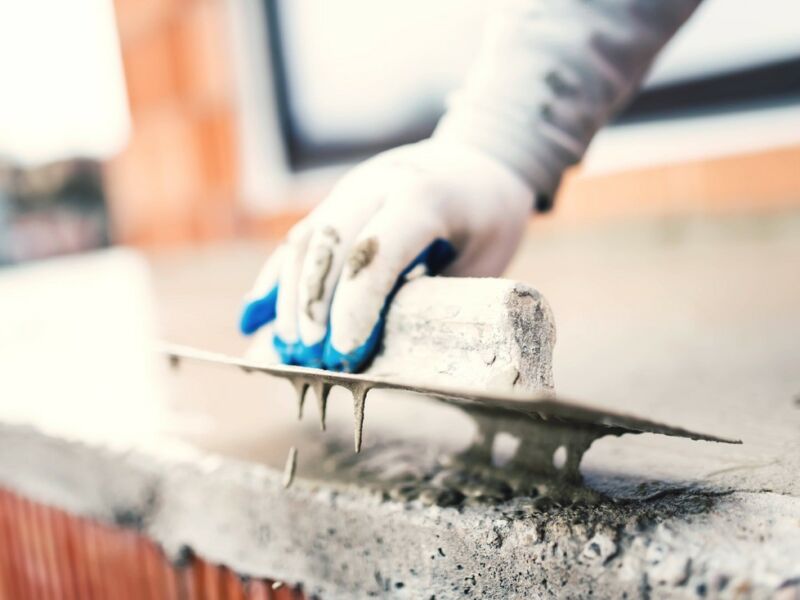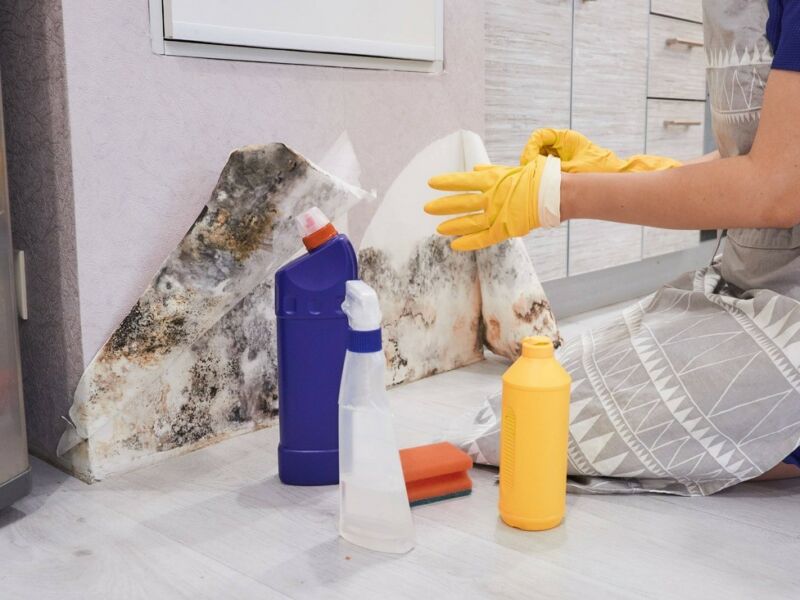
Basement floods can be a homeowner’s worst nightmare, especially when the affected area is finished and furnished. Dealing with a basement flood in a finished area requires immediate action to minimize damage to your property and prevent the growth of mold and mildew. In this comprehensive guide, we will discuss how to effectively deal with a basement flood in a finished area.
Causes of Basement Flooding
Understanding the potential causes of basement flooding can help you take preventive measures to avoid future incidents. Some common causes of basement flooding include:
- Heavy rain or snowfall
- Inadequate drainage system
- Sump pump failure
- Burst pipes or plumbing leaks
- Sewer backups
Immediate Steps to Take
When you discover a flooded basement in a finished area, it is crucial to take immediate steps to minimize damage and ensure your safety. Here are some essential steps to follow:
- Turn off the electricity: Safety should be your top priority. Turn off the electricity to the affected area to avoid electrical hazards.
- Protect yourself: Wear protective gear such as gloves, masks, and boots before entering the flooded area to protect yourself from contaminated water.
- Remove standing water: Use a pump or wet/dry vacuum to remove as much standing water as possible. Be cautious of any debris or objects that may be floating in the water.
- Remove furniture and belongings: If possible, remove furniture, rugs, and other belongings from the flooded area to prevent further damage.
- Document the damage: Take photos or videos of the flooded area and the damaged items for insurance purposes.
- Contact professionals: It is advisable to contact a professional water damage restoration company, such as Service Water Restoration Pros, for efficient cleanup and restoration services.

Preventing Mold and Mildew Growth
Basement flooding can lead to the growth of mold and mildew, which can be hazardous to your health. Here are some preventive measures to avoid mold and mildew growth:
- Properly dry the affected area: Use dehumidifiers and fans to dry out the basement completely. It is important to eliminate moisture to prevent the growth of mold and mildew.
- Remove wet materials: Discard any wet materials that cannot be properly dried or cleaned, such as carpeting, insulation, and damaged furniture.
- Clean and disinfect: Thoroughly clean and disinfect any surfaces that came into contact with the floodwater. Use a bleach solution or a commercial disinfectant recommended for mold remediation.
Restoring and Repairing the Basement
After the initial cleanup, it is essential to restore and repair your basement to its pre-flood condition. This may involve various tasks such as:
- Removing damaged drywall and insulation
- Repairing or replacing damaged pipes and plumbing fixtures
- Repairing or replacing damaged flooring
- Treating the basement for mold and mildew
- Repainting and refinishing walls and surfaces
It is recommended to hire a professional basement restoration company, such as Service Water Restoration Pros, to ensure the proper and thorough restoration of your basement.
FAQ
How much does basement flood restoration cost?
Where can I find professional basement water damage restoration services?
Dealing with a basement flood in a finished area requires prompt action and the help of professionals. Service Water Restoration Pros can assist you in restoring your basement to its pre-flood condition. Contact them at 949-209-1582 to schedule an appointment.



